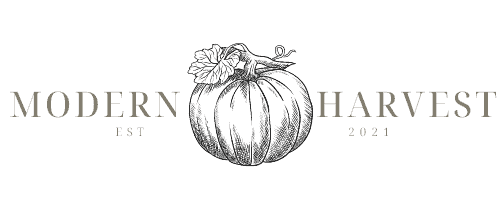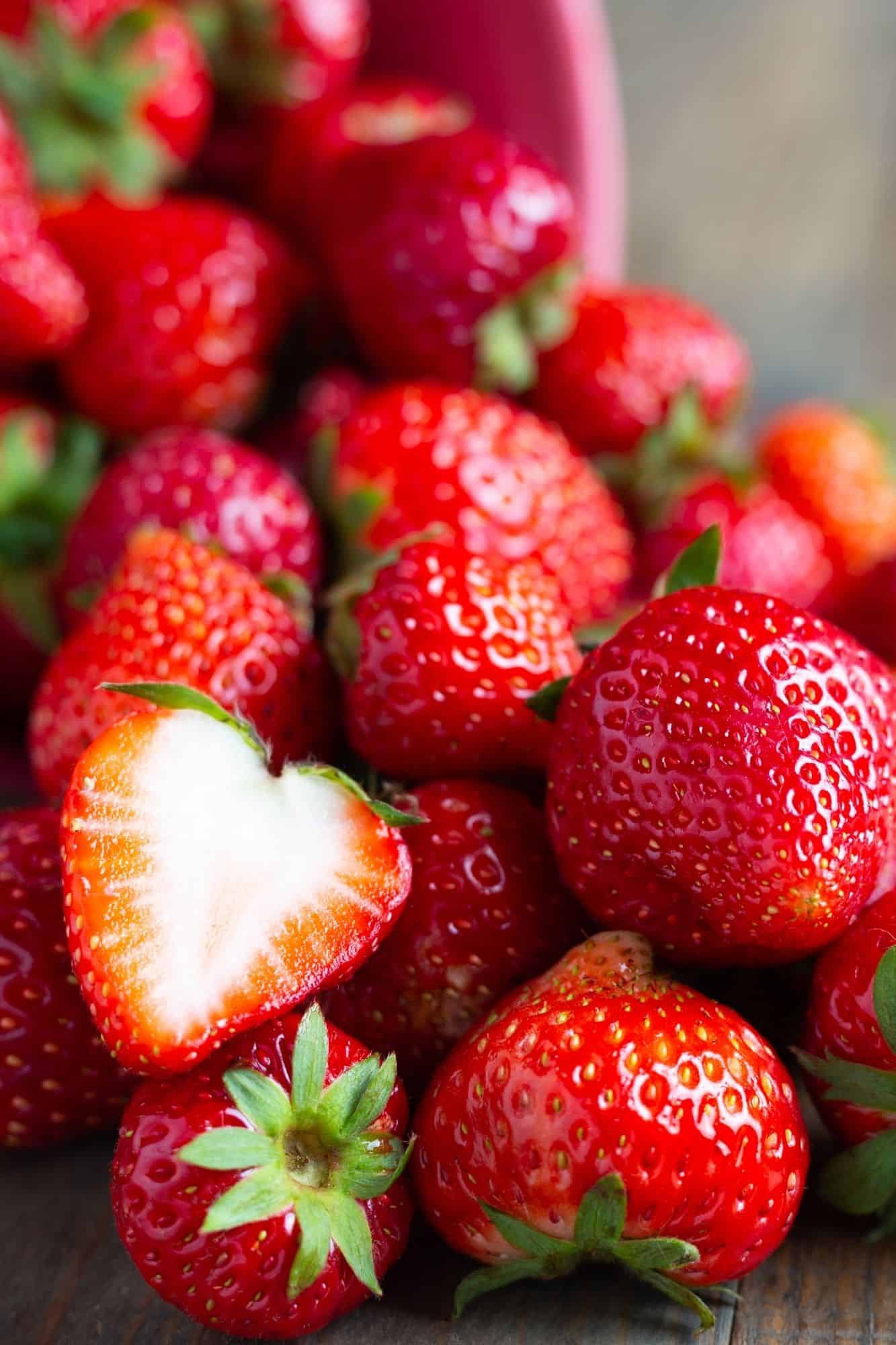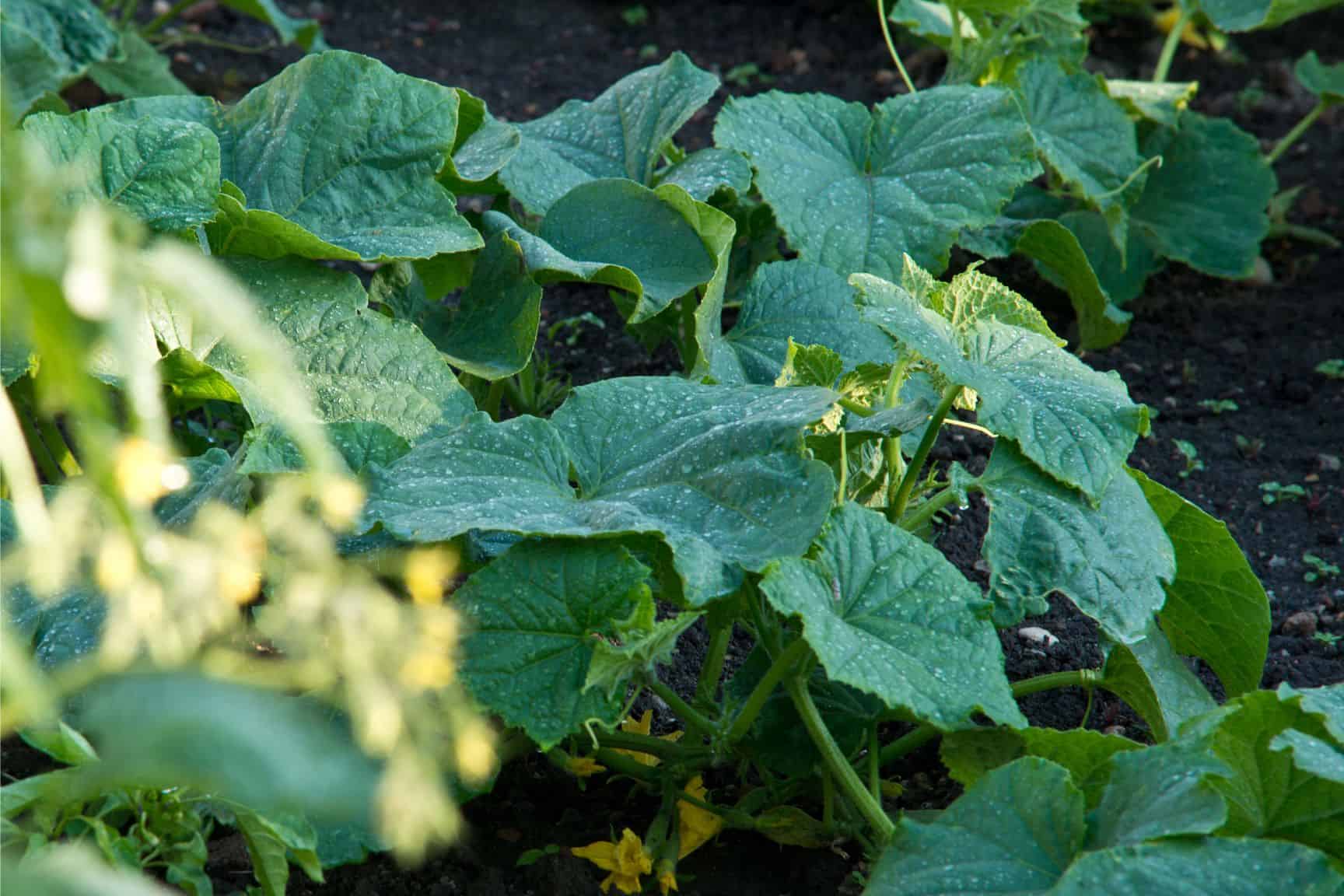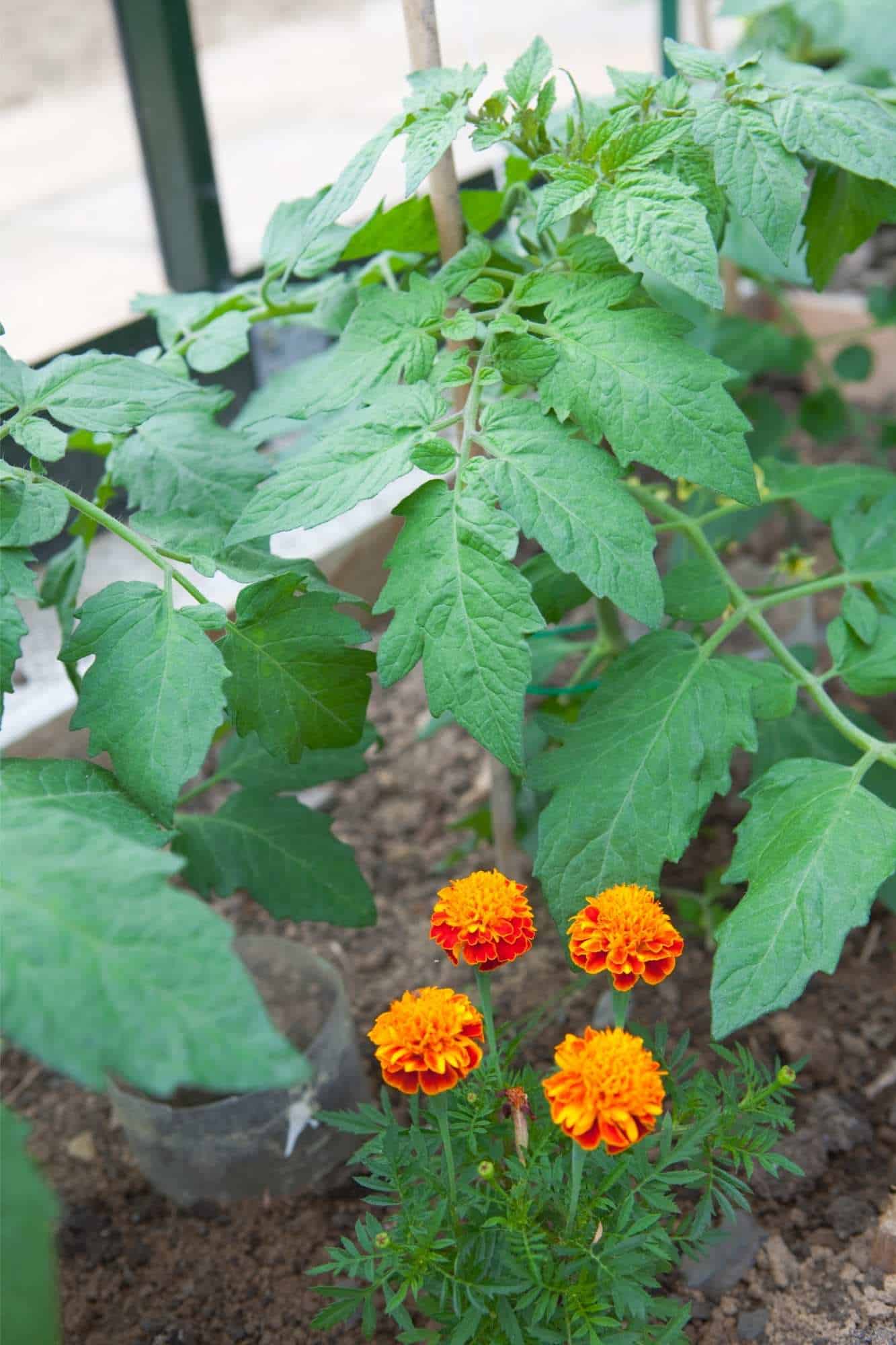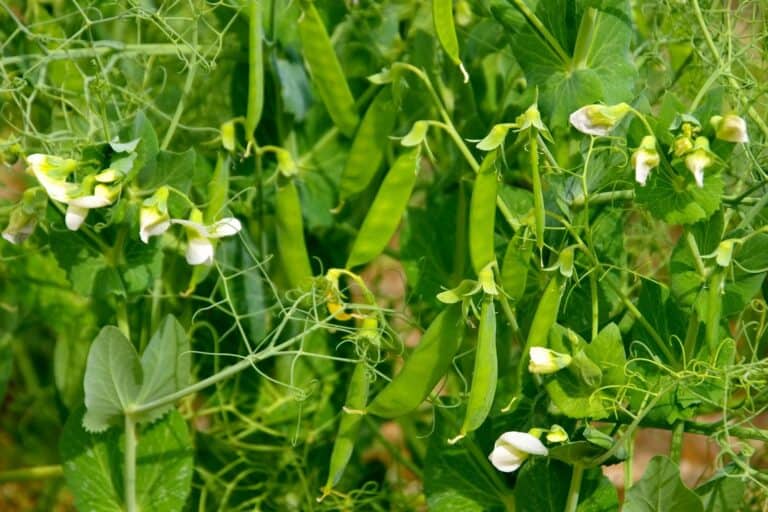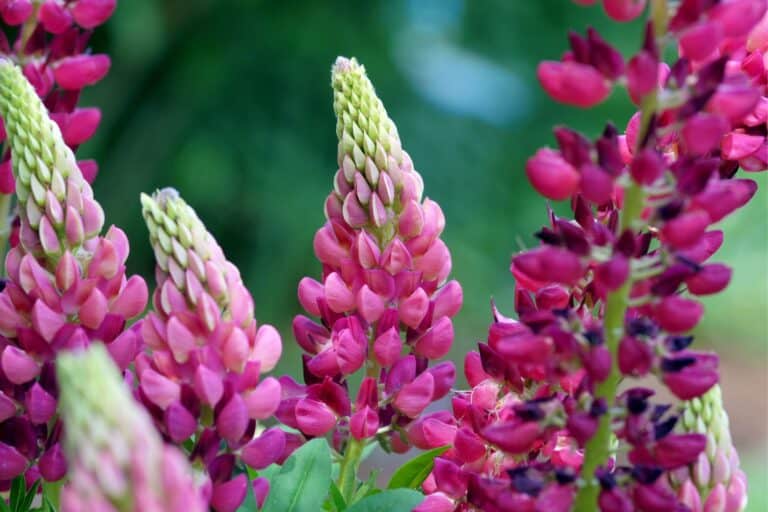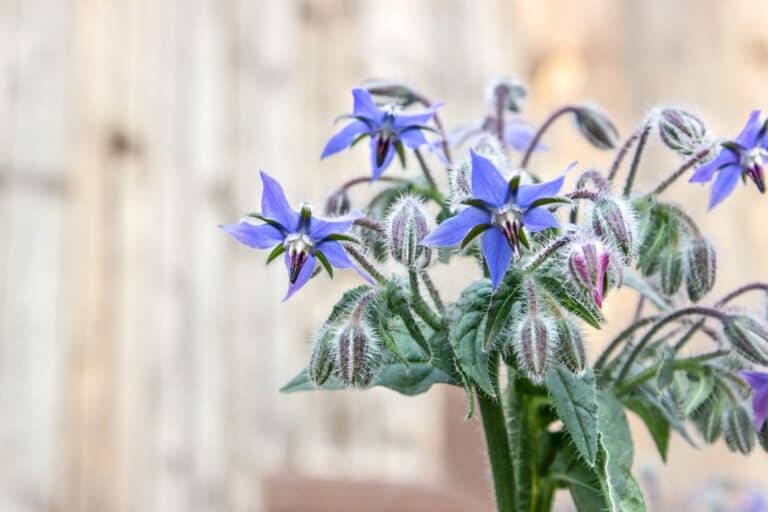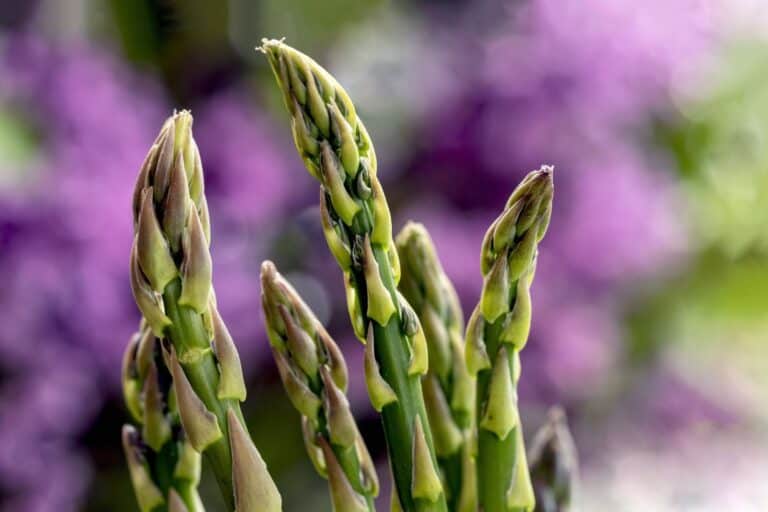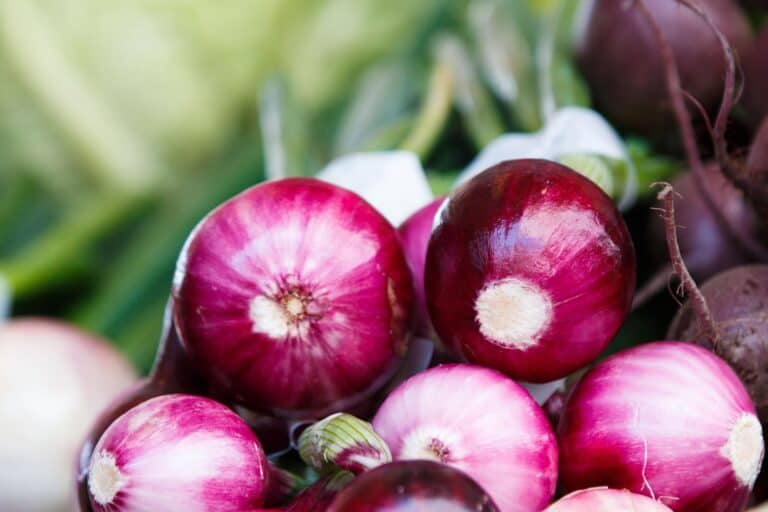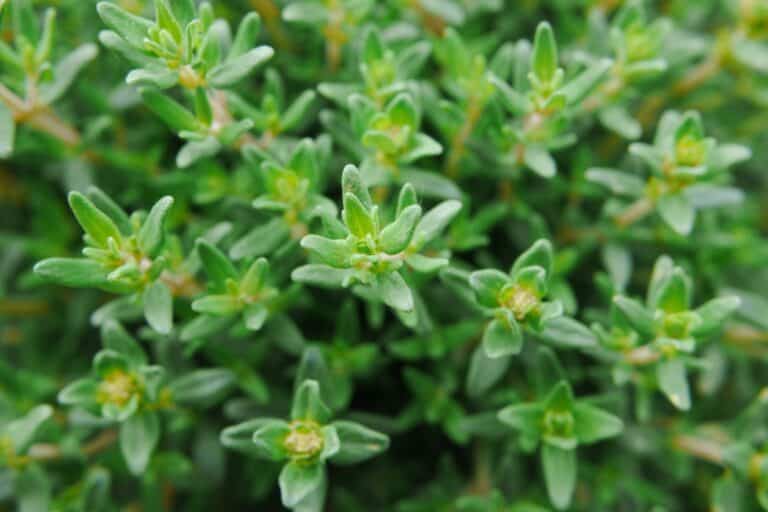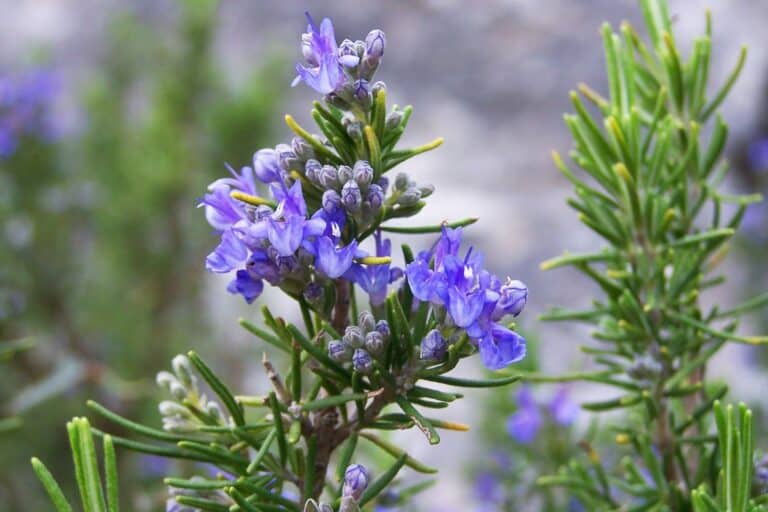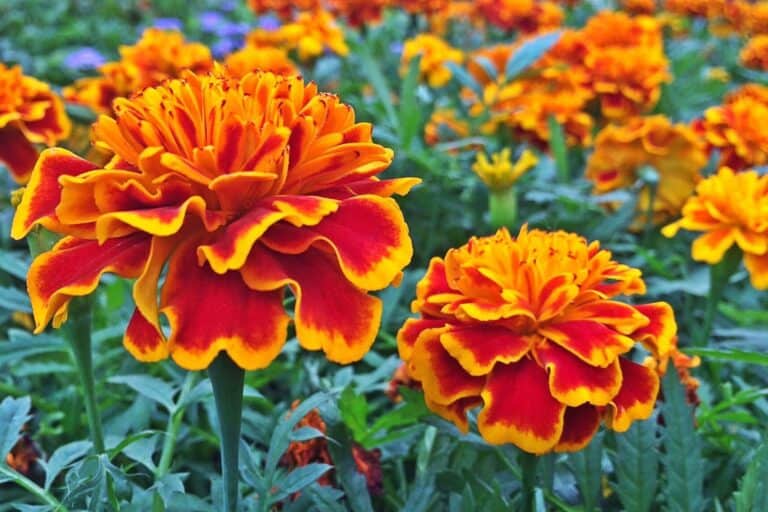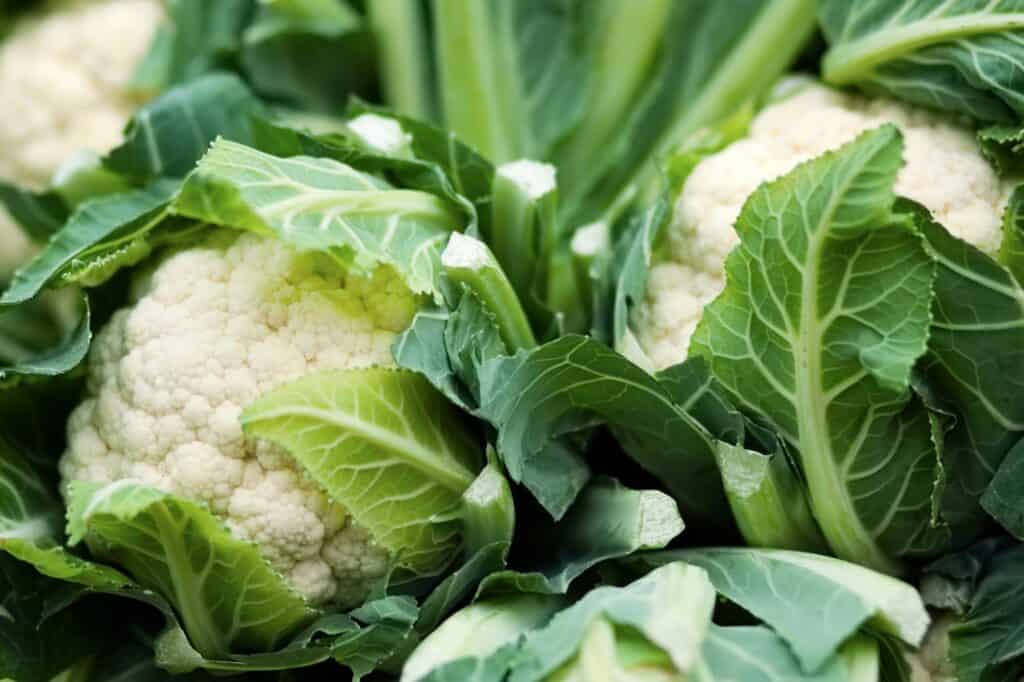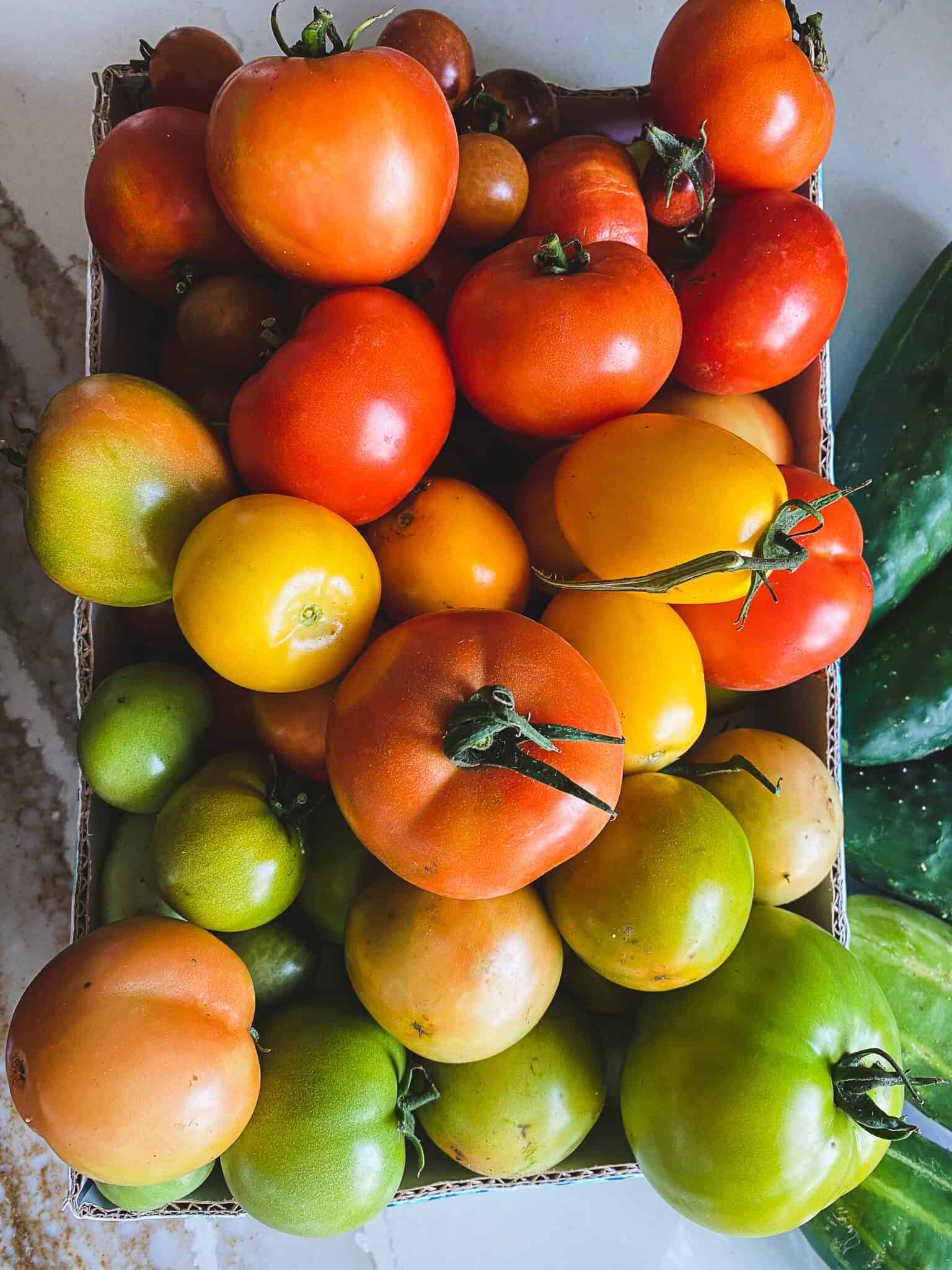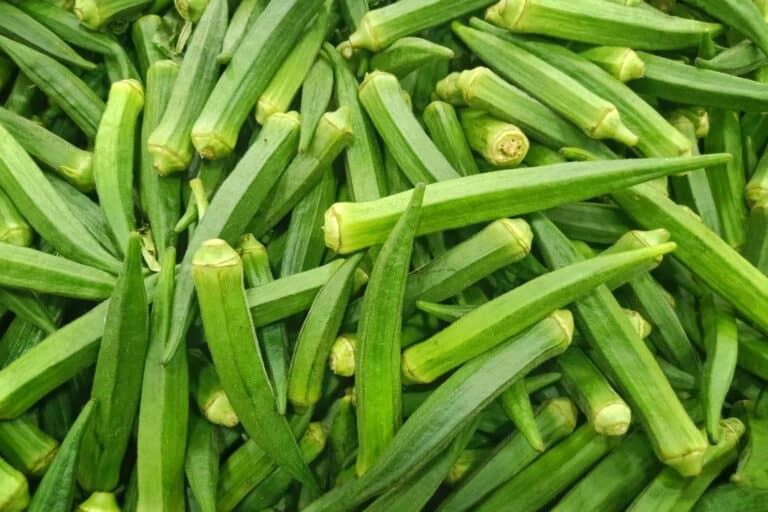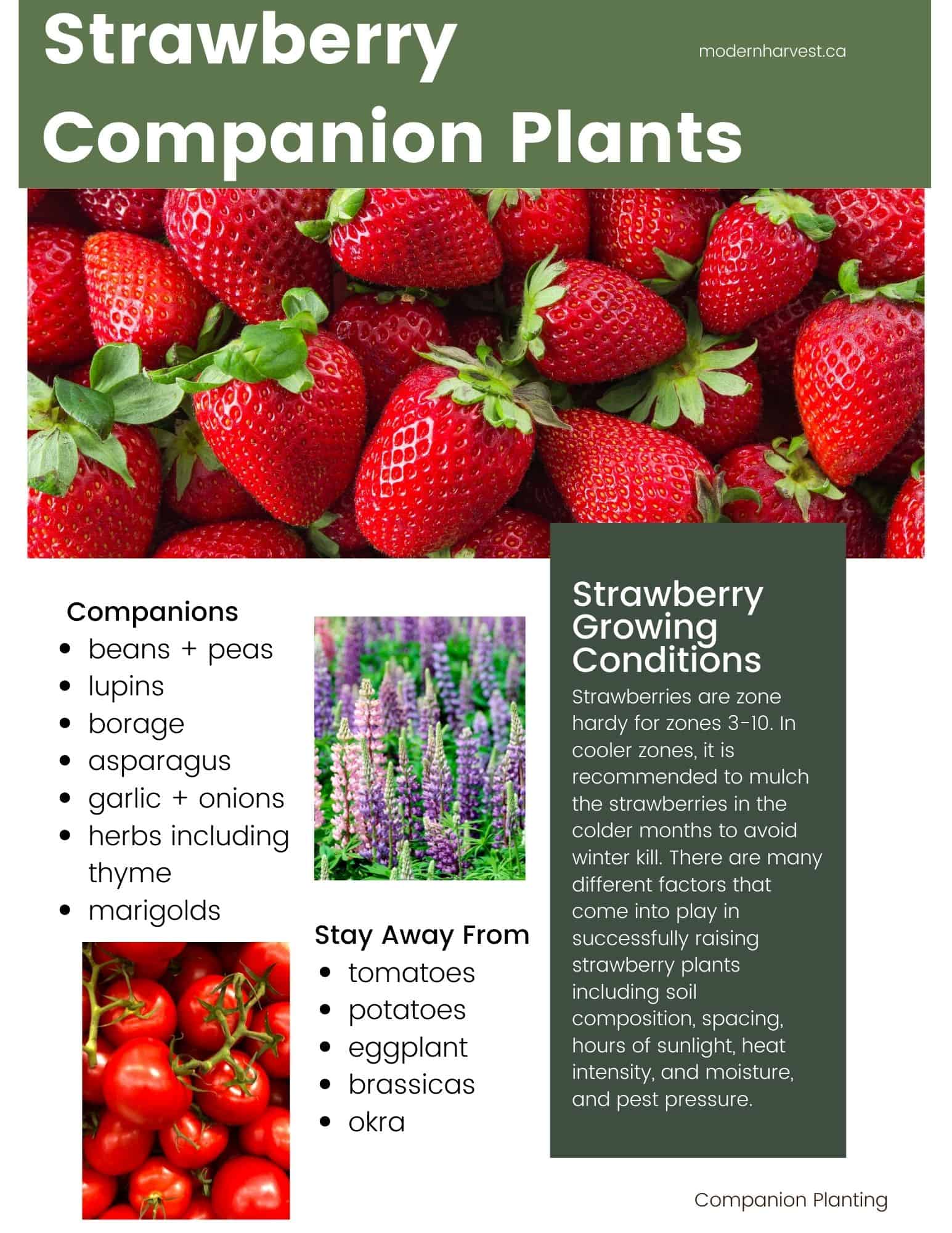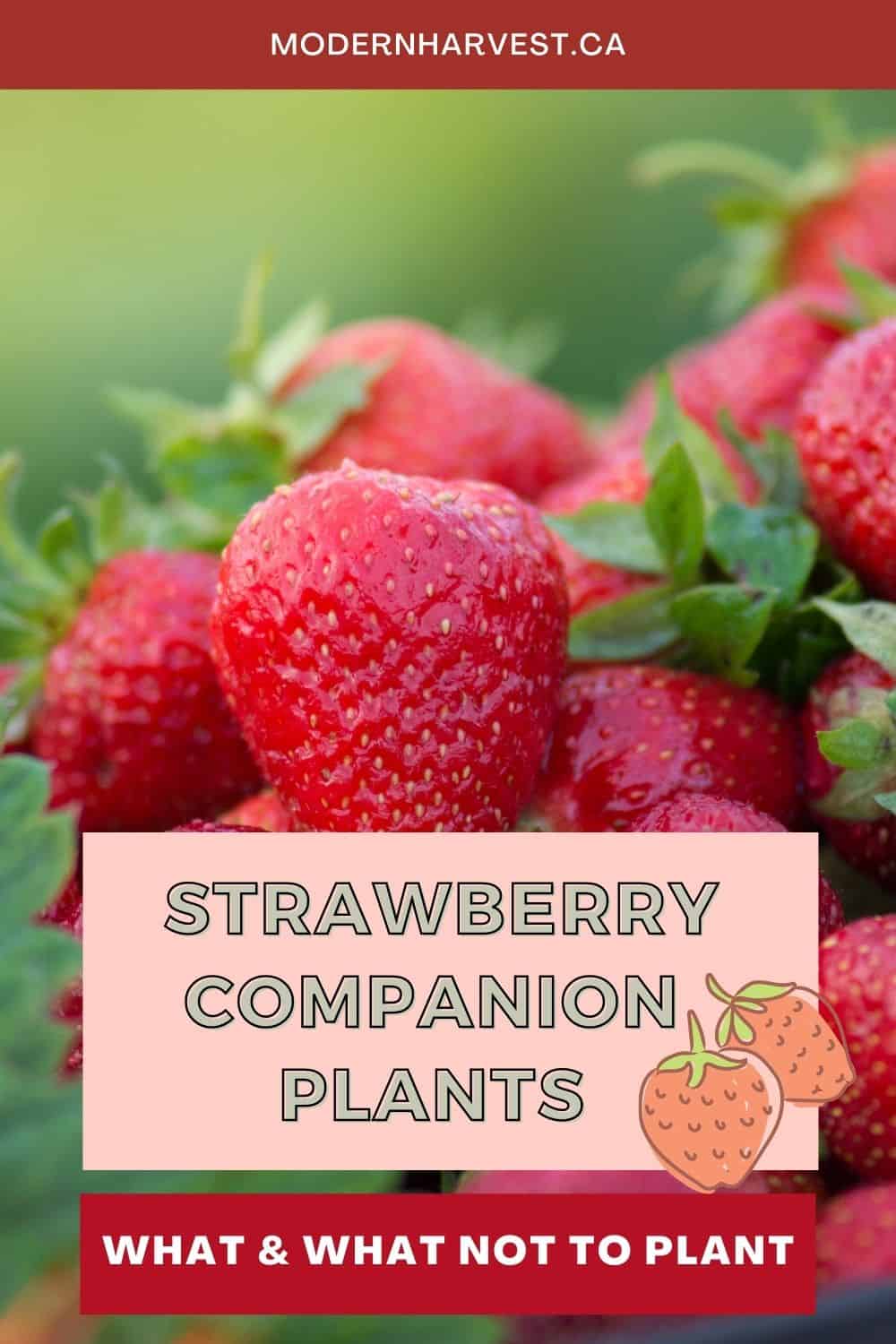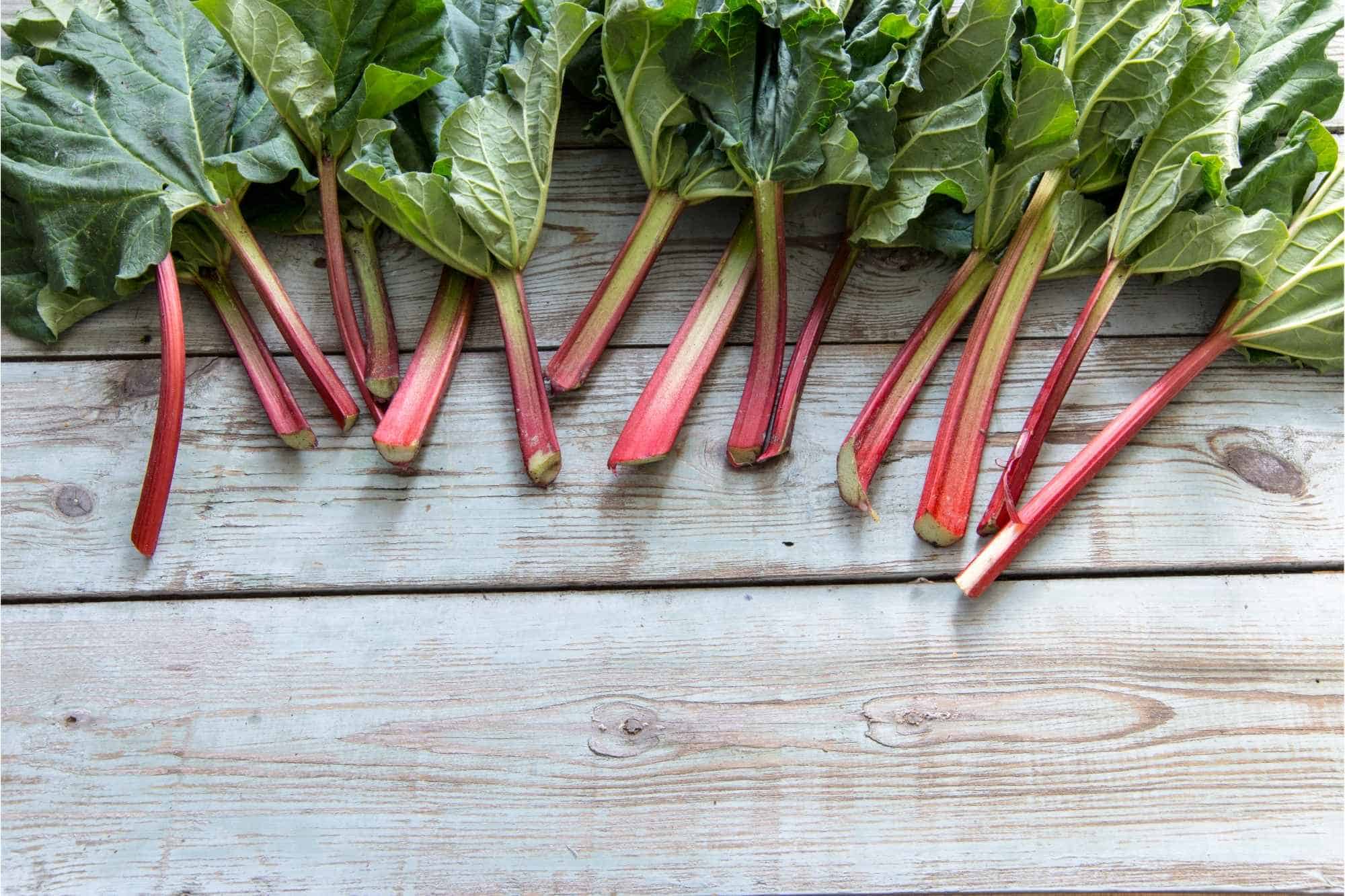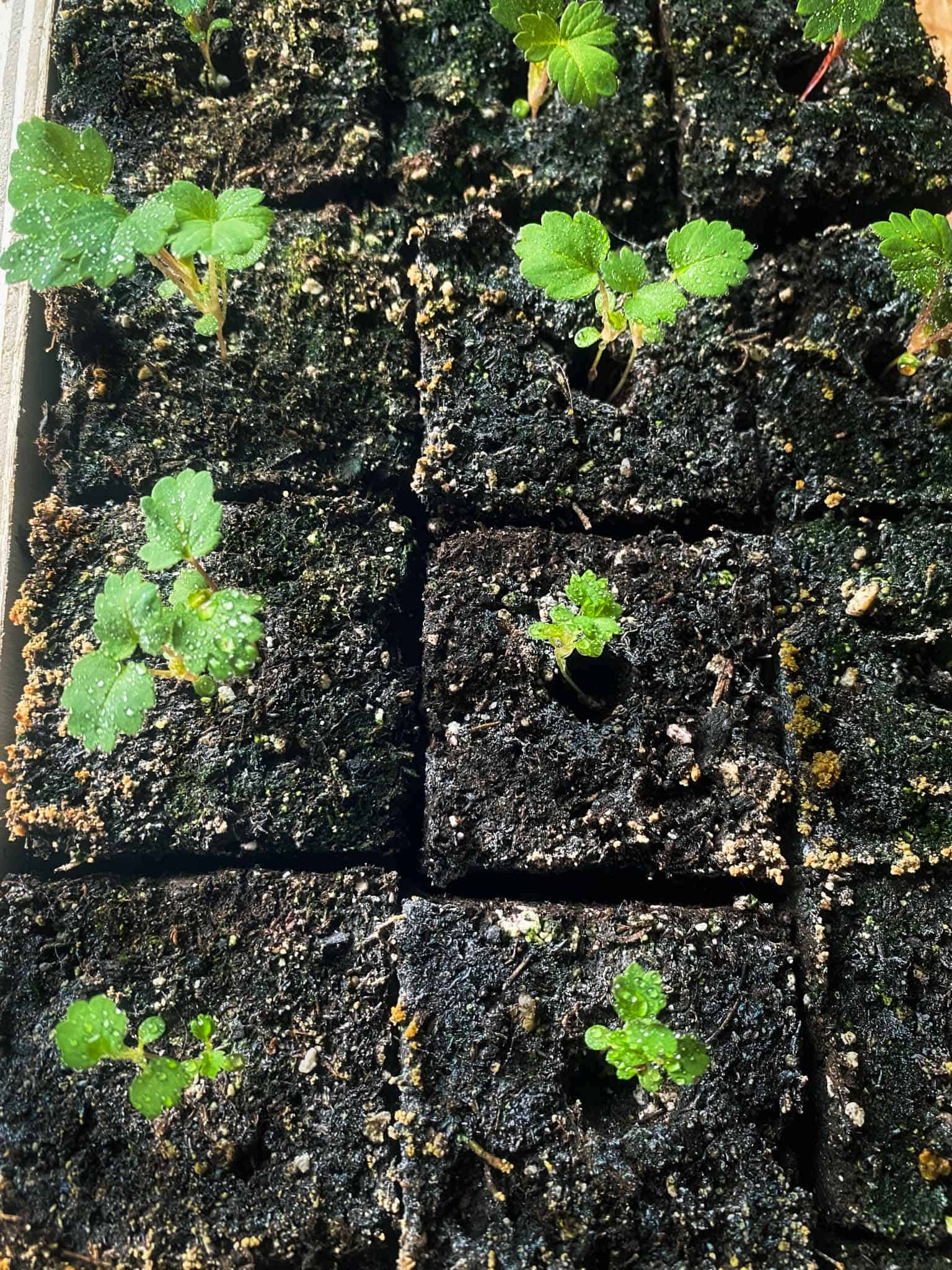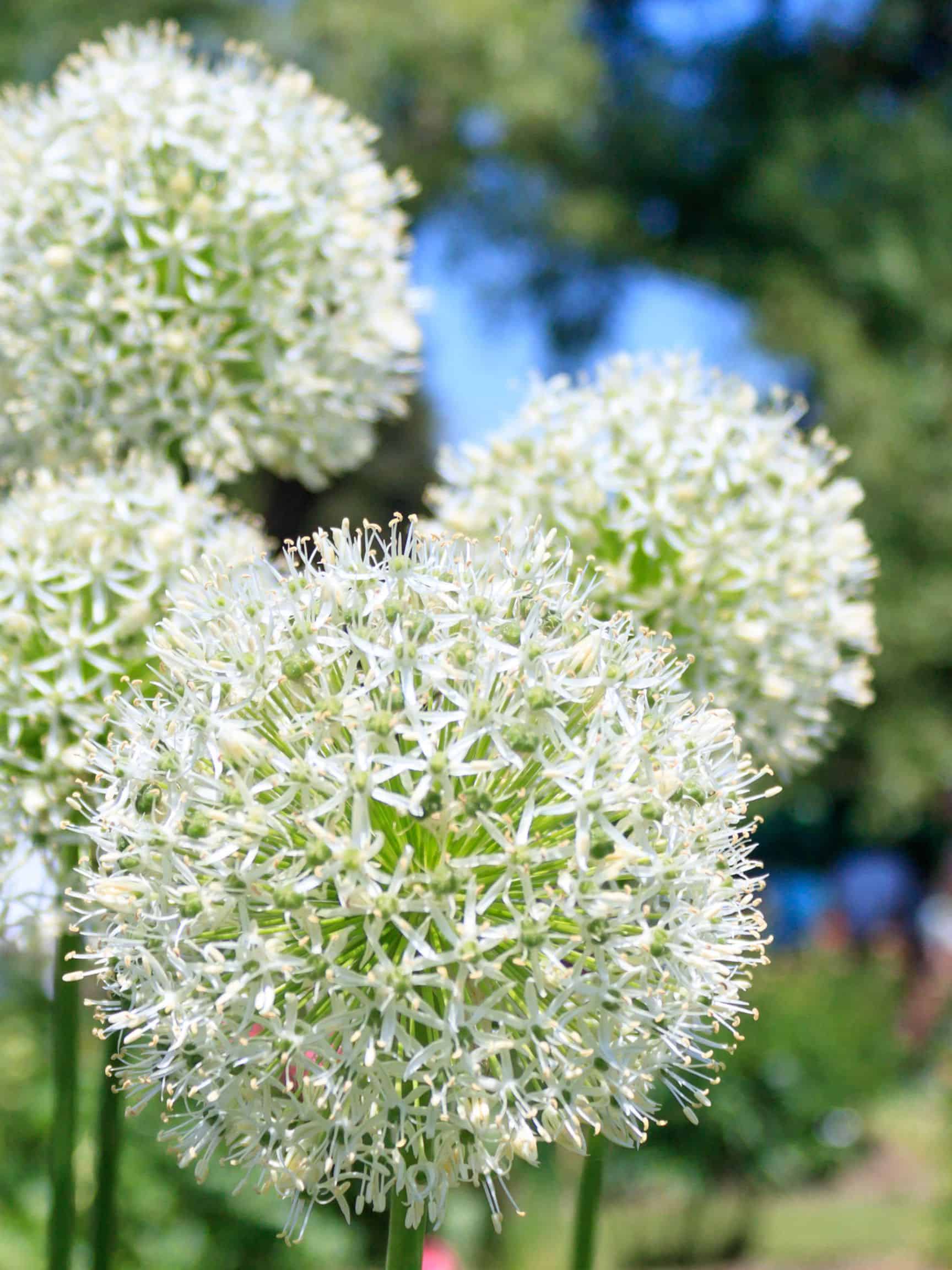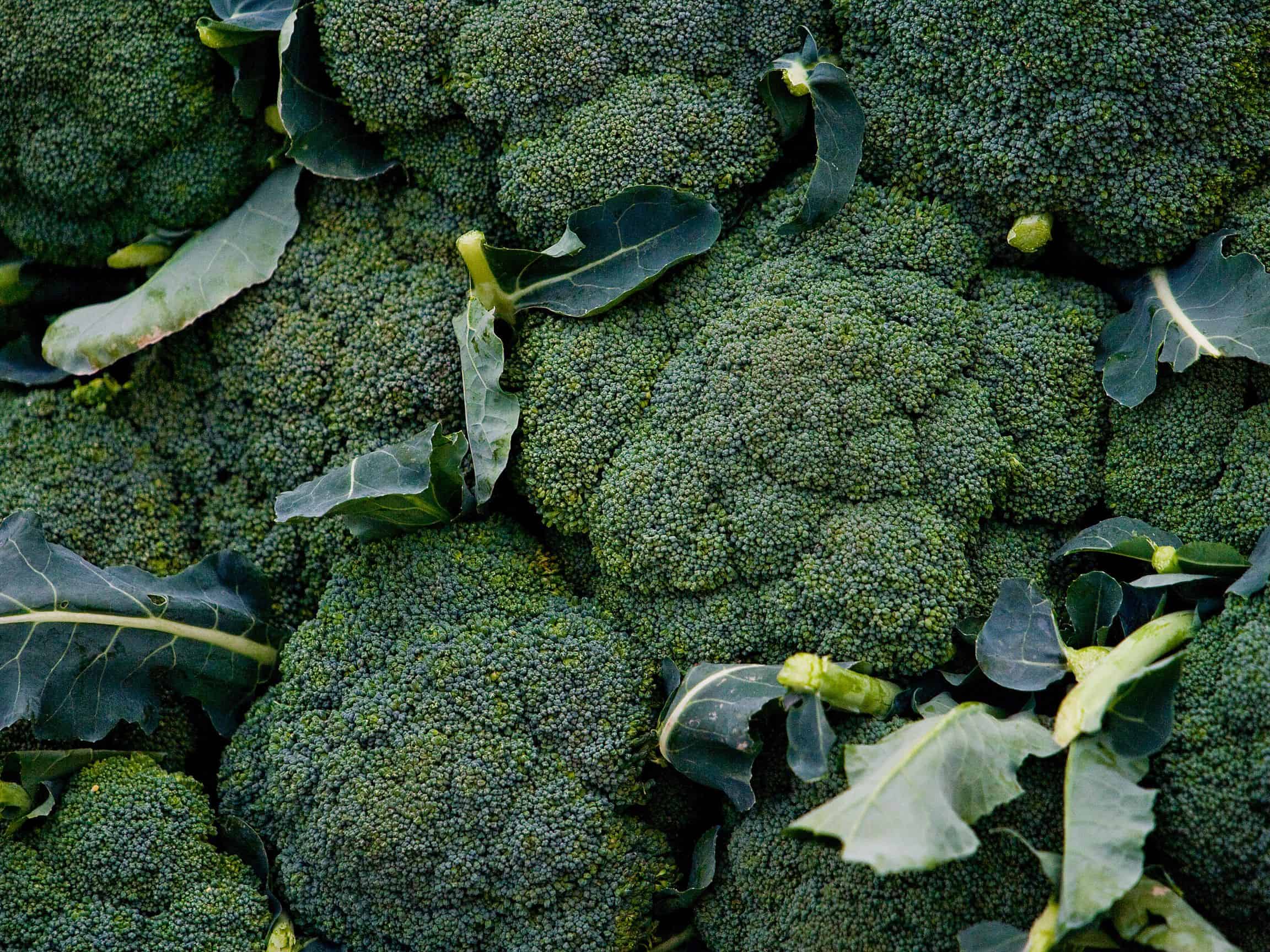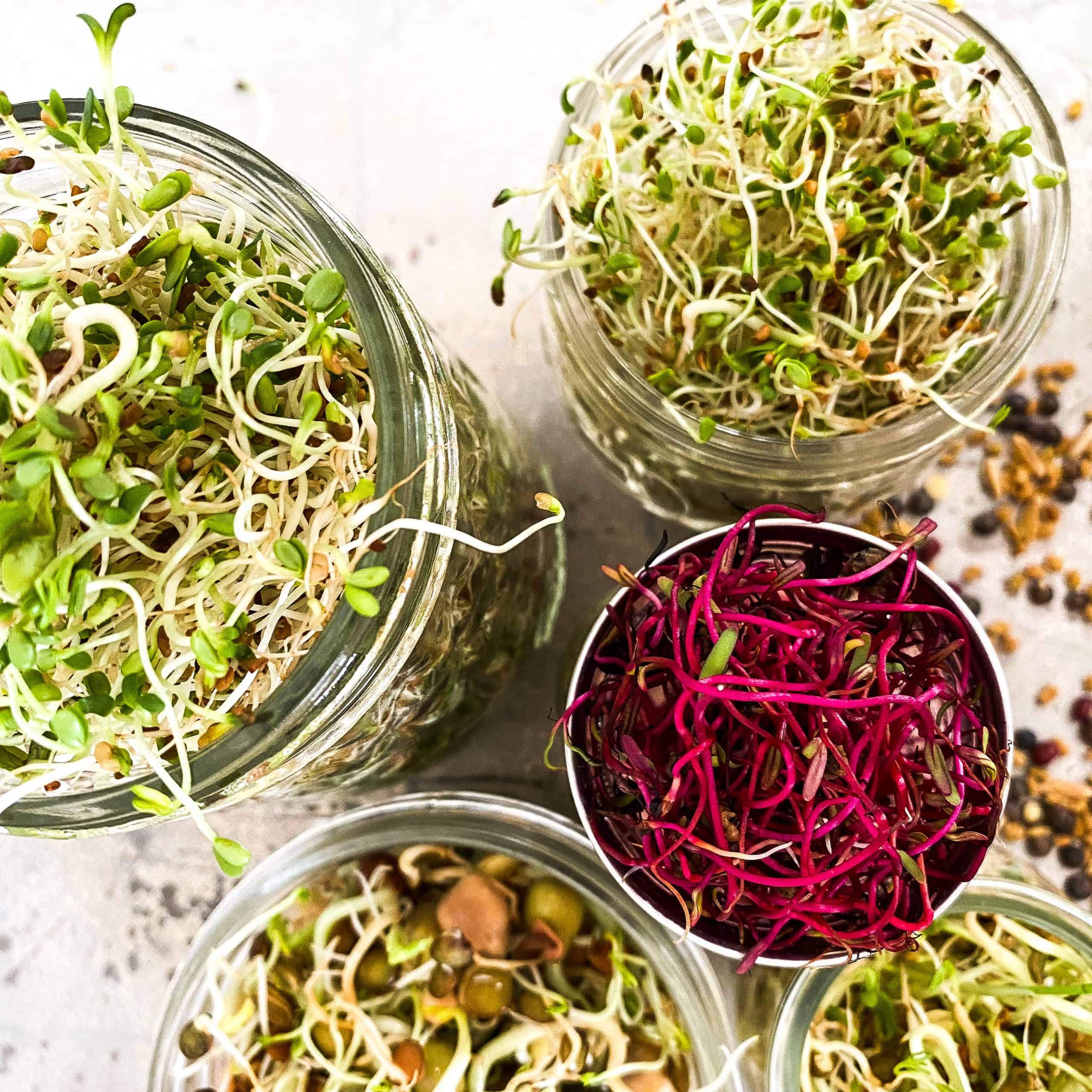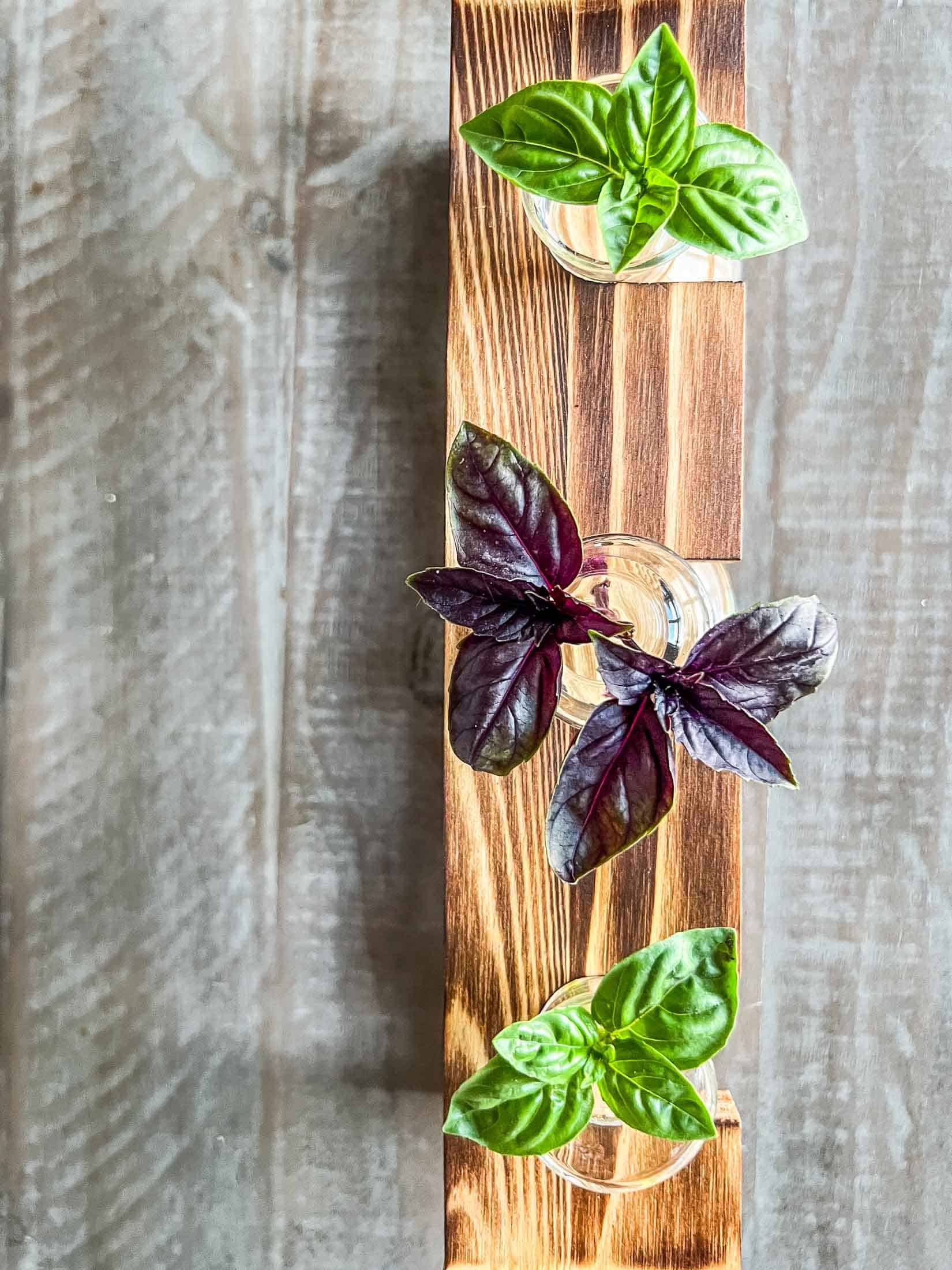Strawberry Companion Planting Guide – What & What NOT to Plant
Read on to find out exactly what strawberry companion plants will work best for you in your garden or flower bed! This guide for companion planting strawberries will encourage your sweet fruits’s growth, helping it grow to its full potential pest-free. Find out what plants make great strawberry companions and what plants to keep away.
Strawberries can be tricky to grow from seed, to grow from bare root plants, and even to transplant established plants. Check out this guide for growing new strawberry plants using runners. They are zone hardy for zones 3-10. In cooler zones, it is recommended to mulch the strawberries in the colder months to avoid winter kill. There are many different factors that come into play in successfully raising strawberry plants including soil composition, spacing, hours of sunlight, heat intensity, and moisture, and pest pressure.
Strawberry companion plants will help to improve your chances of having multiple successful harvests, to establish strong and healthy plants, and to avoid dreaded pests like ants and slugs.
What Is Companion Planting?
Companion planting is a simple way to get the most out of your garden. Gardening with companion planting in mind can help you to improve the nutrients in your soil, provide shelter or a space to climb, attract beneficial insects and pollinators and even repel unwanted pests. Companion gardening stretches beyond the confines of conventional gardening to orchards, trees and shrubs, grains, grasses, and other field crops.
What Are The Benefits of Companion Planting
Weed Prevention: Certain crops provide fast growing ground cover that help to suppress surrounding weeds. Try to alternate upright crops with sprawling plants to keep weeds at bay in your garden.
Nutrient Provision: An appeal of using a polyculture type of approach and planting different plants next to each other is that the plants wont be competing for the exact same nutrients. Certain plants add needed nutrients into the soil and help neighbouring plants to thrive. Legumes are considered “givers” and include plants like peas, beans, clover and alfalfa. They have deep roots that fix nitrogen into the soil. Planting these next to heavy or light feeders that use up nitrogen will create the perfect growing conditions for your crops to thrive.
Trap Cropping: Placing certain bug-appealing plants near other susceptible plants can help to attract pests away from fragile crops and allow them to feed on others that won’t be harmed or aren’t as important. Planting the trap crop ahead of your target crop will ensure the pests stay away from delicate seedlings. Once the trap crop is infested, you can remove it along with the pests.
Pest Suppression: Mixed scents from different plants can help to repel insects (mostly small, egg laying flies) from laying on neighbouring plants. Certain herbs and flowers can prevent pesky worms, nematodes, and other fungi. The oil from Marigolds has been proven to be a great deterrent for many different pests.
Protective Shelter: Fragile plants or plants with very specific needs can be benefitted from the shelter that surrounding plants may provide. Companion plants can provide shade, a wind barrier, and a canopy to protect lower plants from rain, hail, and even frost.
Natural Supports: Strong, tall plants such as sunflowers and corn offer trailing plants or low growing plants like peas and cucumbers a strong trellis-like support to climb and spread.
Strawberry Companion Plants
Plants that compliment strawberries include:
Beans and Peas- These legumes are nitrogen fixers and add helpful nutrients to the soil for your strawberries to uptake.
Lupins- Lupins are similar to legumes in that they fix nitrogen into the soil. They deter birds that may otherwise eat your fruit and attract pollinators. They are a strawberry companion superstar!
Borage- Borage has a handful of potential benefits when planted next to strawberries. It is believed that borage deposits trace minerals into the soil that are helpful for strawberry’s growth. Borage also attracts pollinators and predatory wasps that feed on problematic insects, increasing pollination rates and decreasing pests. Lastly, borage is believed by many to improve the flavour of strawberries when planted in close proximity. Try it yourself!
Asparagus- Asparagus is another perennial so it is helpful to plant alongside fellow perennials like strawberries and rhubarb. Asparagus makes a good neighbour because its roots spread in different ways than strawberries and it wont shade your plants.
Garlic + Onions- The pungent smell of these alliums will help to ward off pests!
Thyme- Thyme helps to deter harmful worms and attract syrphid flies (hover flies) that feed on soft bodied insects like aphids, thrips, and caterpillars. Plant them close to strawberries to ward off these damaging insects.
Herbs- Many herbs have a pungent smell that detracts slugs and other pests from feasting on strawberries. These herbs include dill, rosemary, mint, and many others.
Marigolds- The strong smell of marigolds helps to deter unwanted pests from many susceptible plants including strawberries. They attract pollinators to the area and can even help to fend off root knot nematodes.
What NOT to Plant With Strawberries
Plants that you shouldn’t grow alongside strawberries include:
Brassicas- All members of the brassica family including cabbage, broccoli, and kale should be kept at a distance because they can steal nutrients that strawberries need to bloom and produce berries. Strawberries also tend to attract slugs which can have devastating effects on your brassicas.
Tomatoes, Potatoes, and Eggplant- These plants can easily spread fungal disease and should be kept a short distance away. More specifically, tomatoes and strawberries are both susceptible to Verticillium wilt and anthracnose. Planting strawberries and tomatoes close to each other increases the chance of cross contamination of the disease- potentially affecting both crops instead of one.
Okra- It is believed that okra can contribute to a deadly strawberry disease called verticillium. Keep okra away from strawberries if possible!
Frequently Asked Questions About Strawberries
This depends on how/when you start your strawberries. If starting from seed, strawberries can take over 200 days to produce fruit. If started from a bare root plant, strawberries take around three months to produce fruit. If planted from a mature plant, expect to see fruit 4-6 weeks after blooming.
Plant strawberries in early spring for a long harvest season. Depending on your zone, strawberries can be planted when the ground is thawed and there are still light overnight frosts.
Strawberries require 6-10 hours of sun to produce ample amounts of fruit. Keeping strawberry companion plants in mind when picking out your strawberry patch location is important. Tall plants that shade strawberries are not ideal!
Yes, if properly over-wintered, strawberry plants will come back year after year. They are considered a perennial.
Wait until the plants have gone dormant (have had cool days and freezing nights for over a week). For cooler zones (3-5) this can be as early as September and for warmer zones (6-10) this can happen around December. It should be noted that zones 6-10 may not need to mulch or protect strawberry plants at all. Remove dead foliage and cover the roots with a thick layer of mulch.
Strawberries grow well in environments with rich, fertile soil. Amend the soil with rich compost before planting in the spring. Organic fertilizer options for strawberries include aged manure, bone meal, fish meal, and alfalfa meal. Commercial strawberry fertilizers should have a 10-10-10 ratio.
🍓 🍓 Strawberry Recipes Ready for Harvest Time 🍓 🍓
Homemade Strawberry Rollups: Bust out your dehydrator to make these simple homemade strawberry fruit roll-ups.
3-Ingredient Strawberry Freezer Jam: This recipe is my go-to strawberry jam recipe. I usually triple or quadruple the batch to stock my freezer with this delicious jam. Use it traditionally over toast or with yogurt, on top of ice-cream, in a cake, or as garnish on literally anything!
Easy Strawberry Turnovers: These strawberry turnovers are beginner friendly and are quick to bake up! Serve them warm with your afternoon coffee or tea or save them as a fresh summertime dessert.

